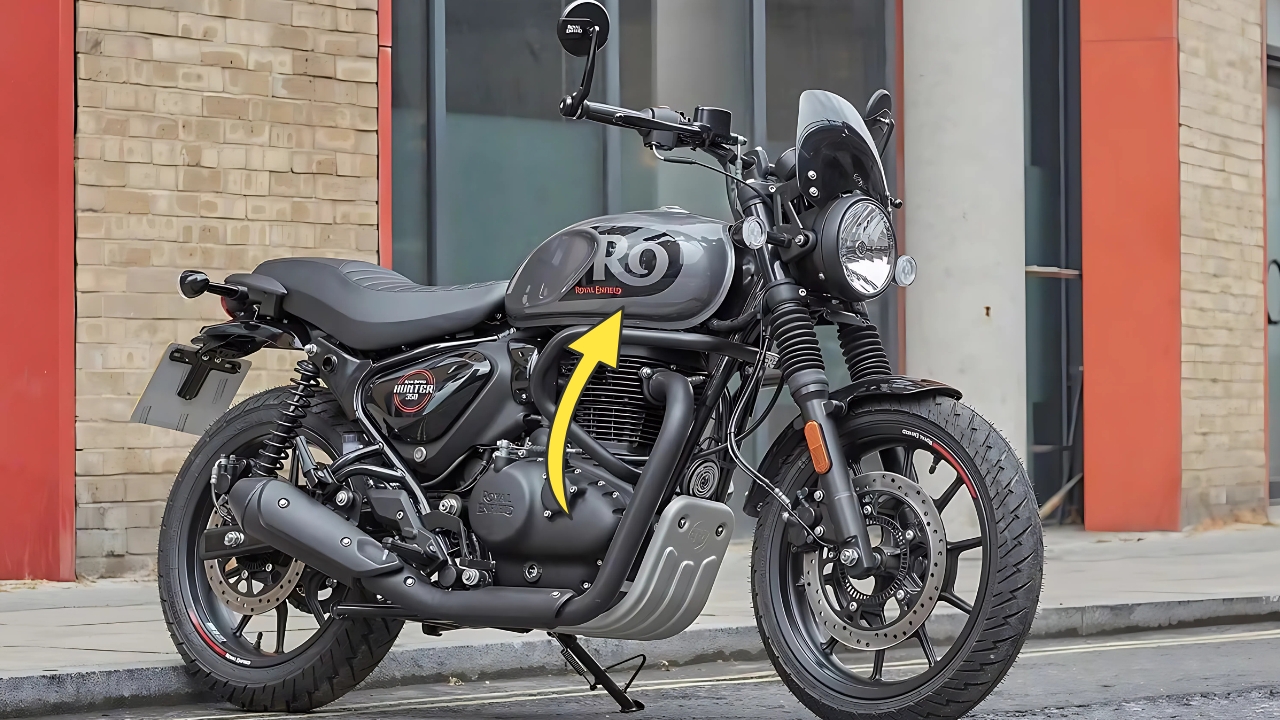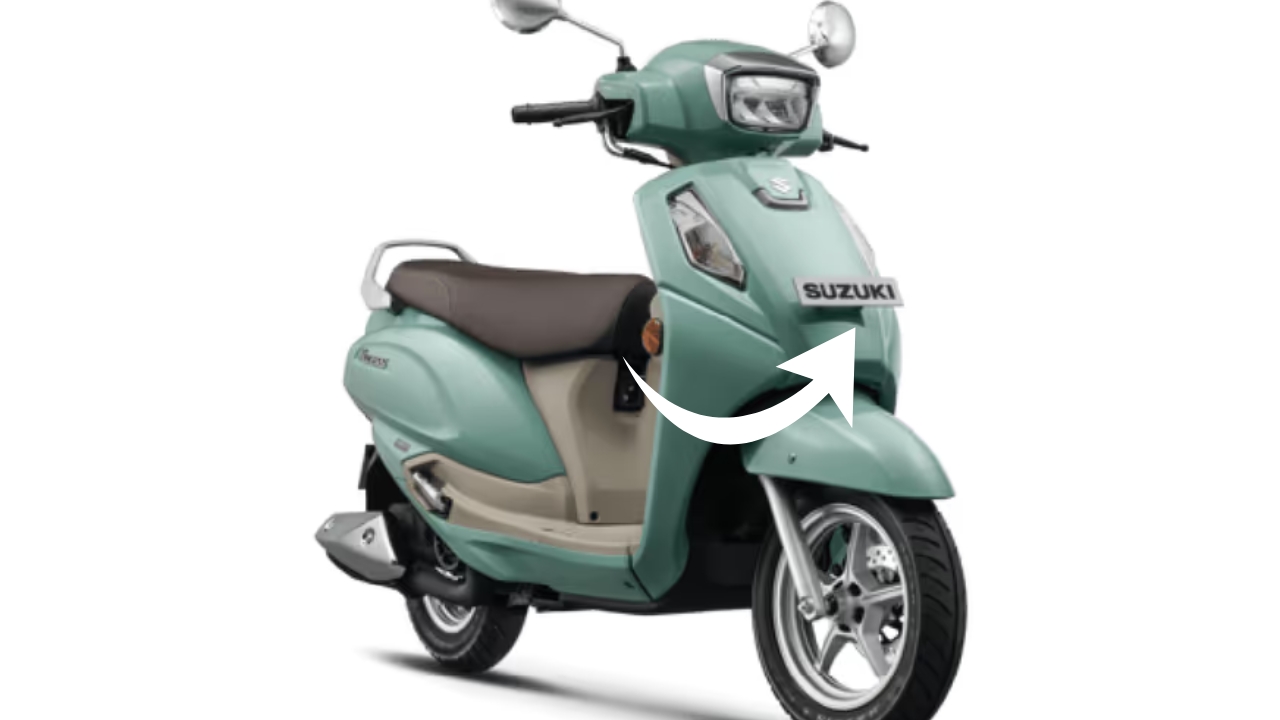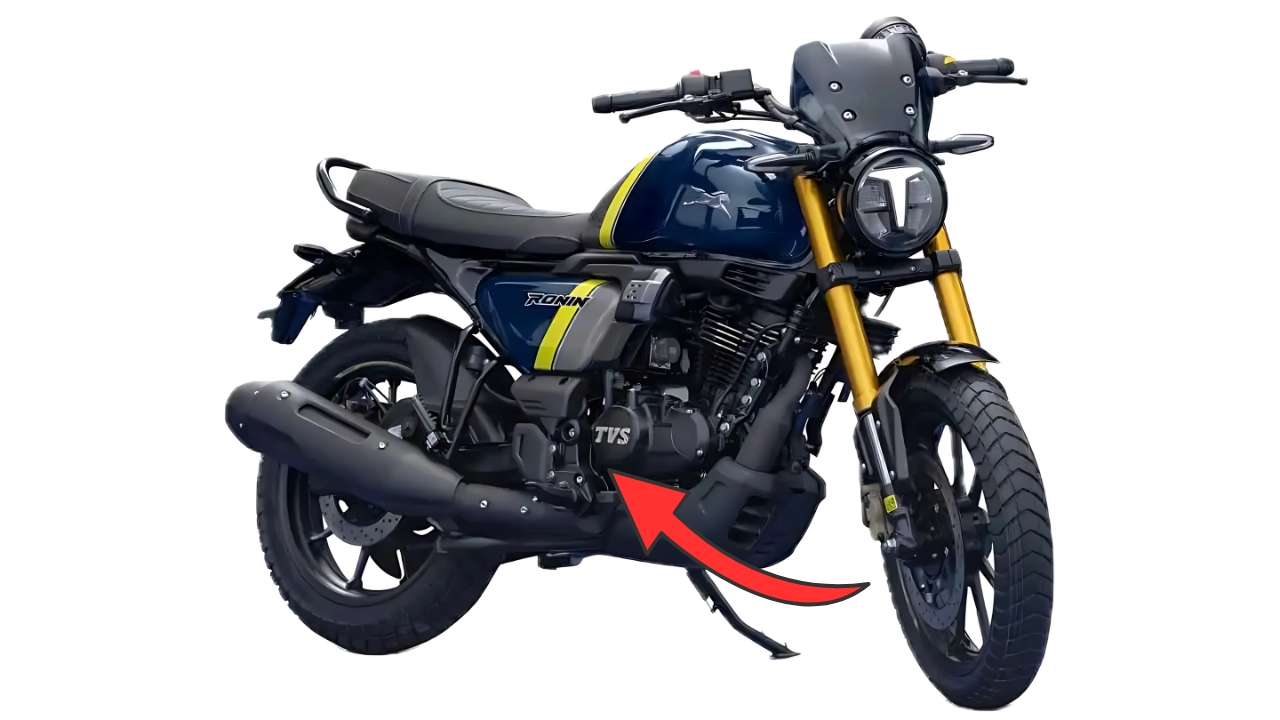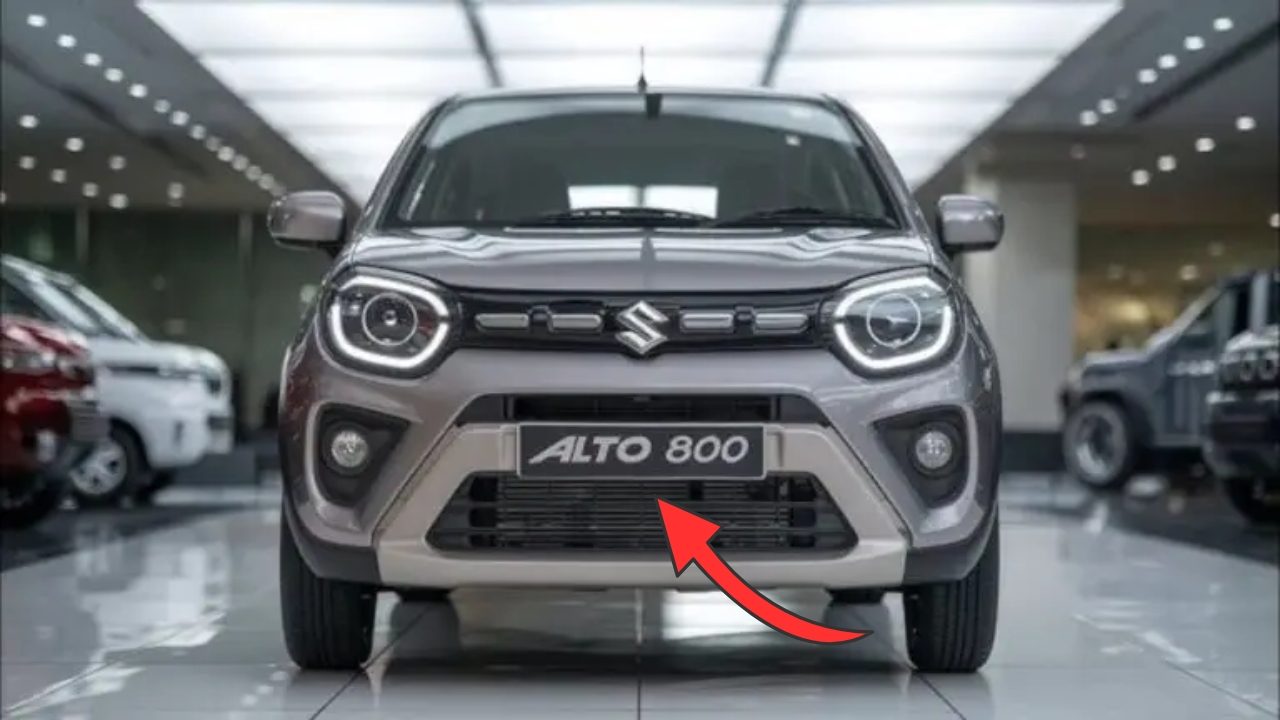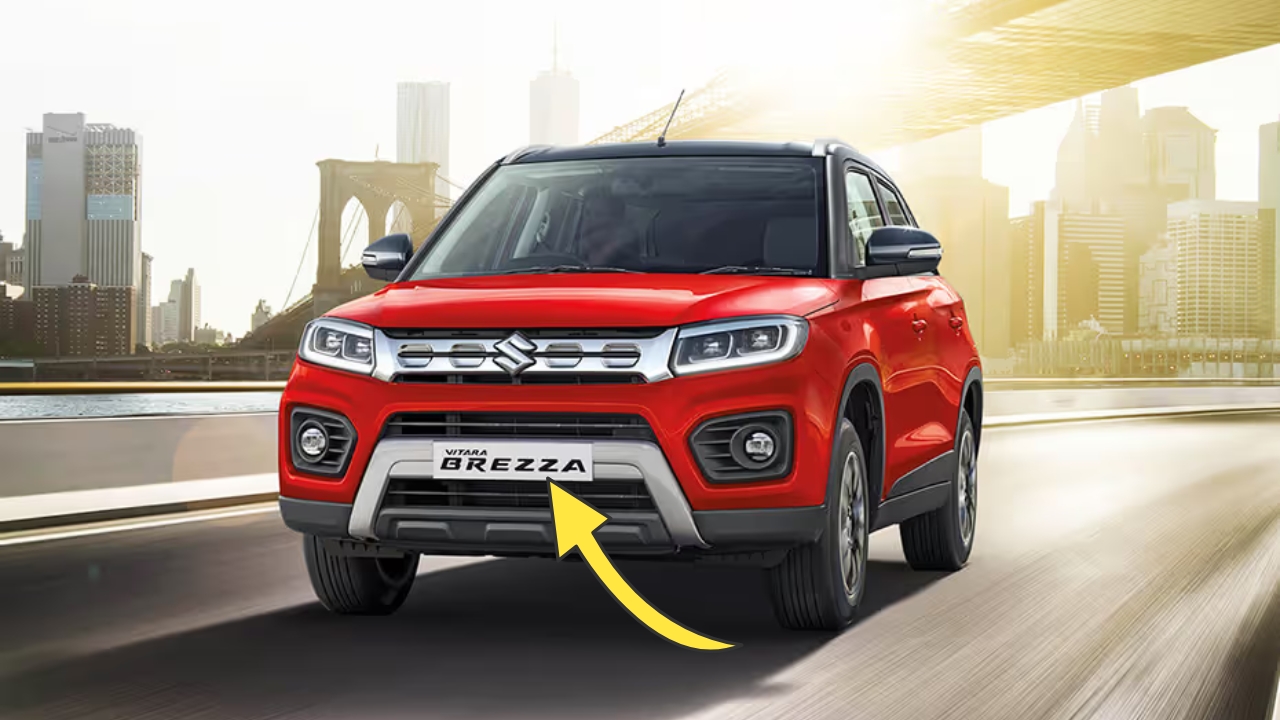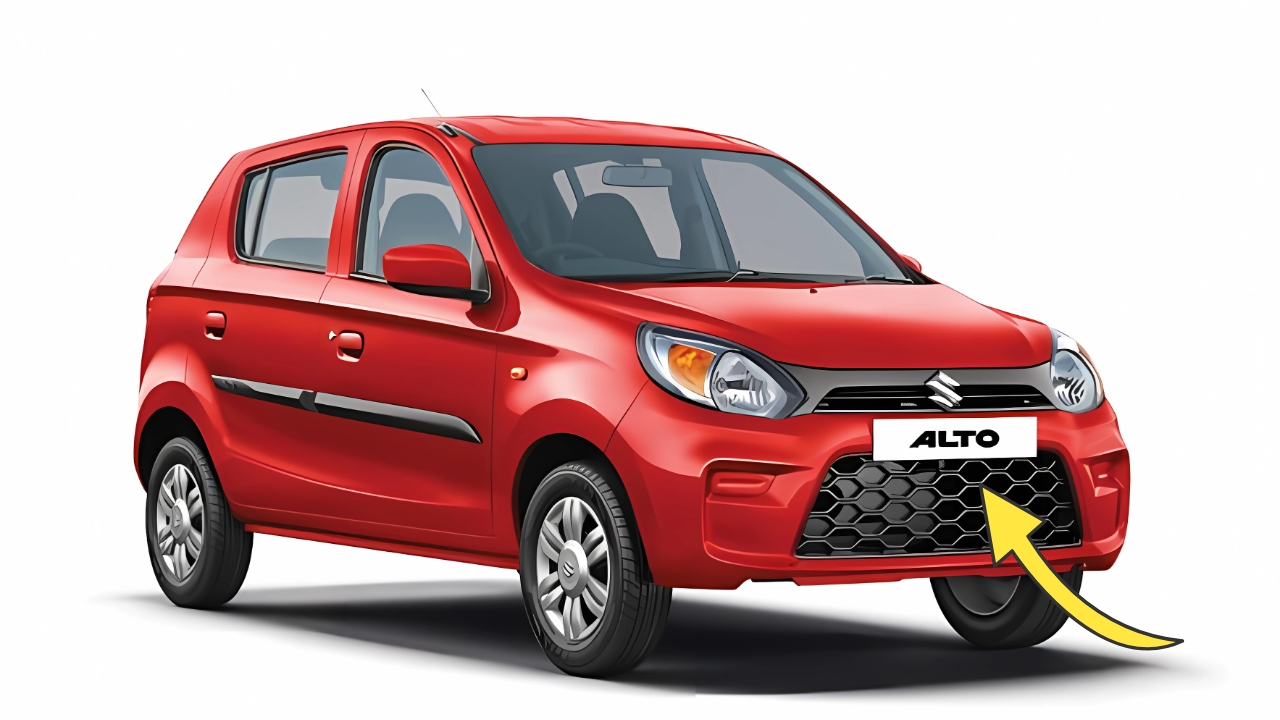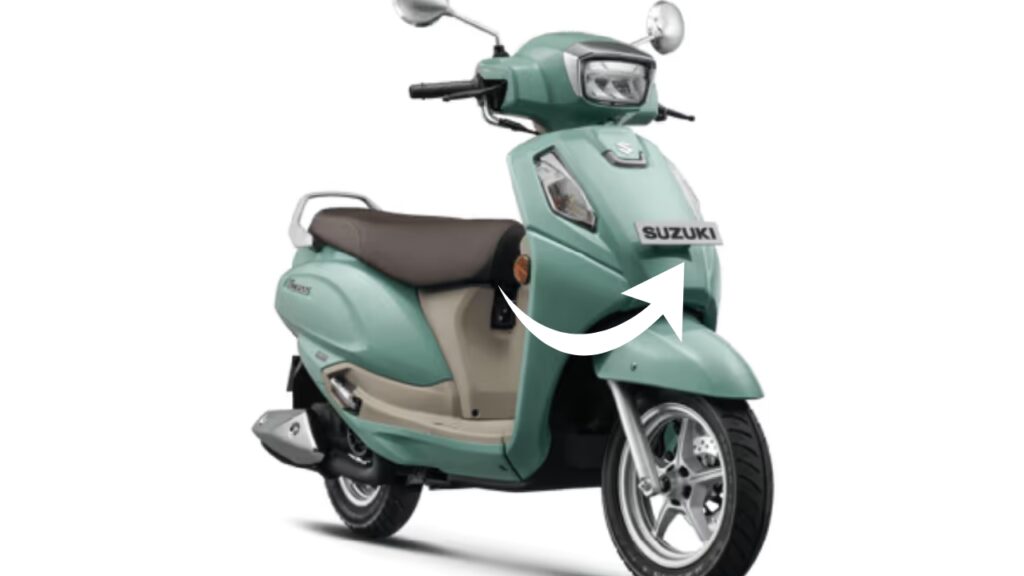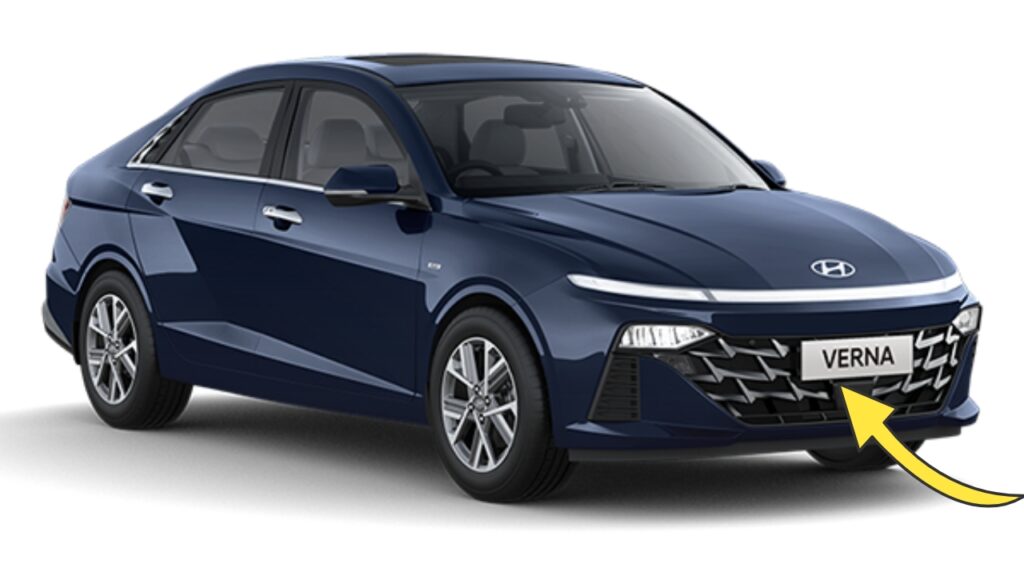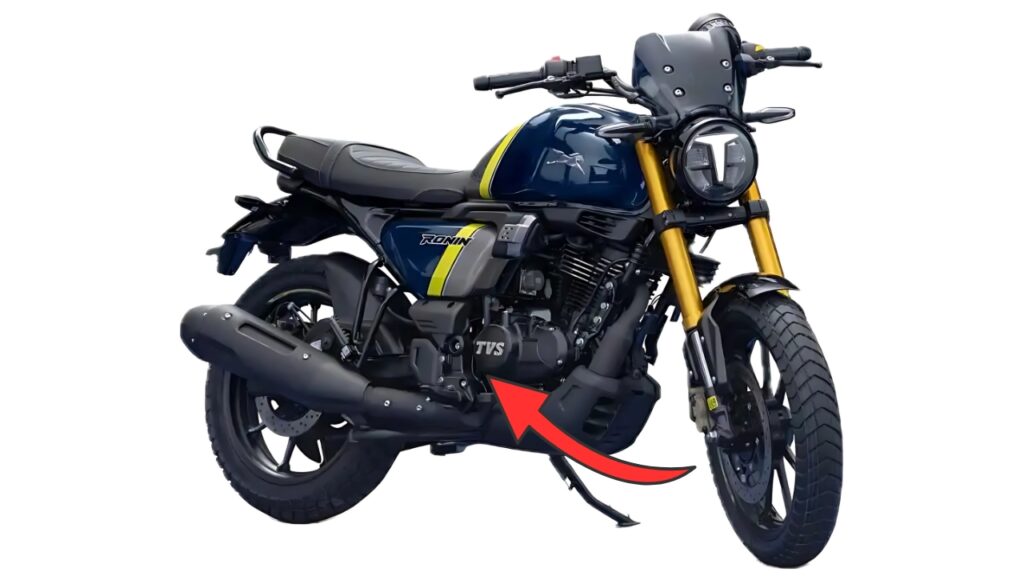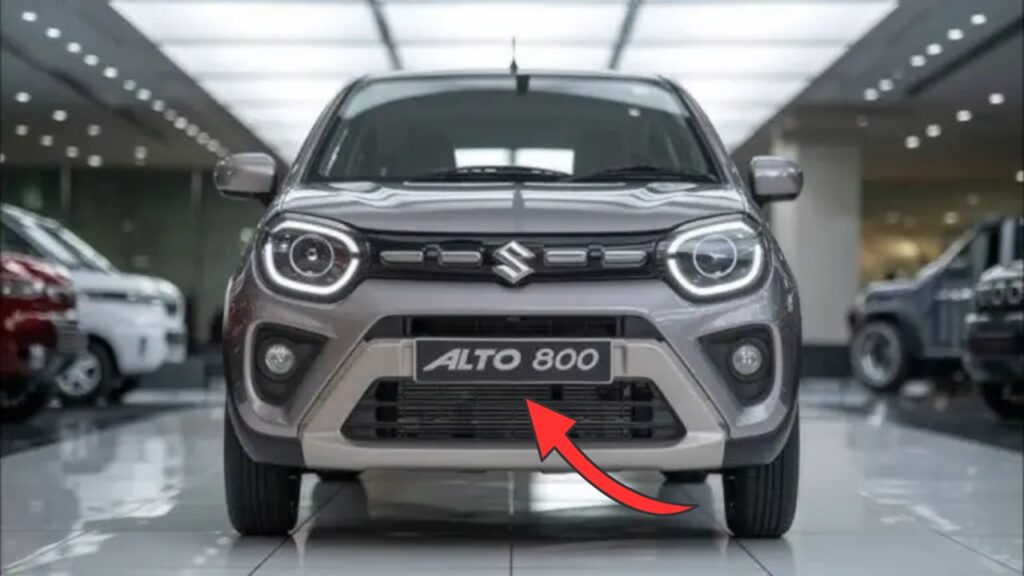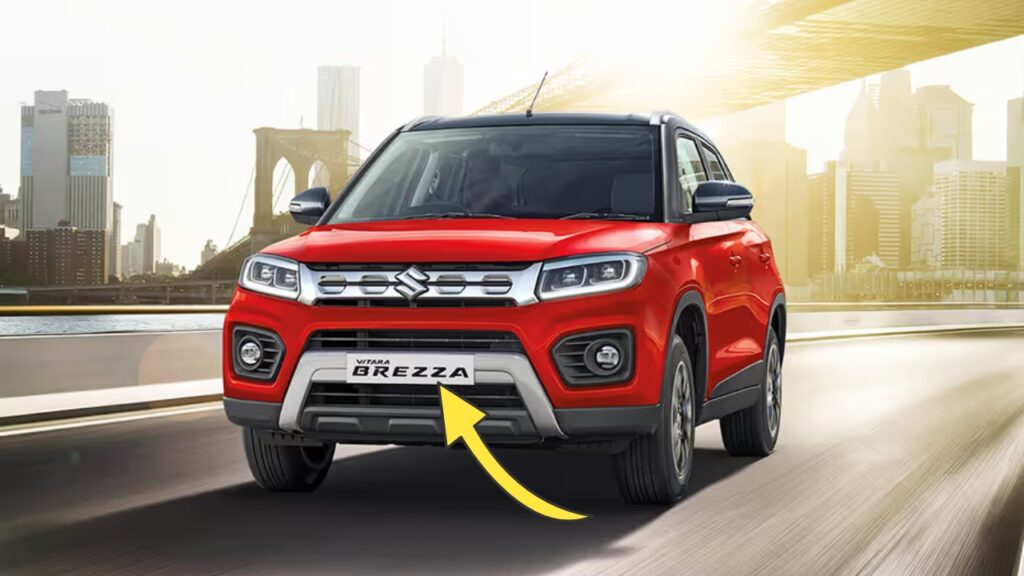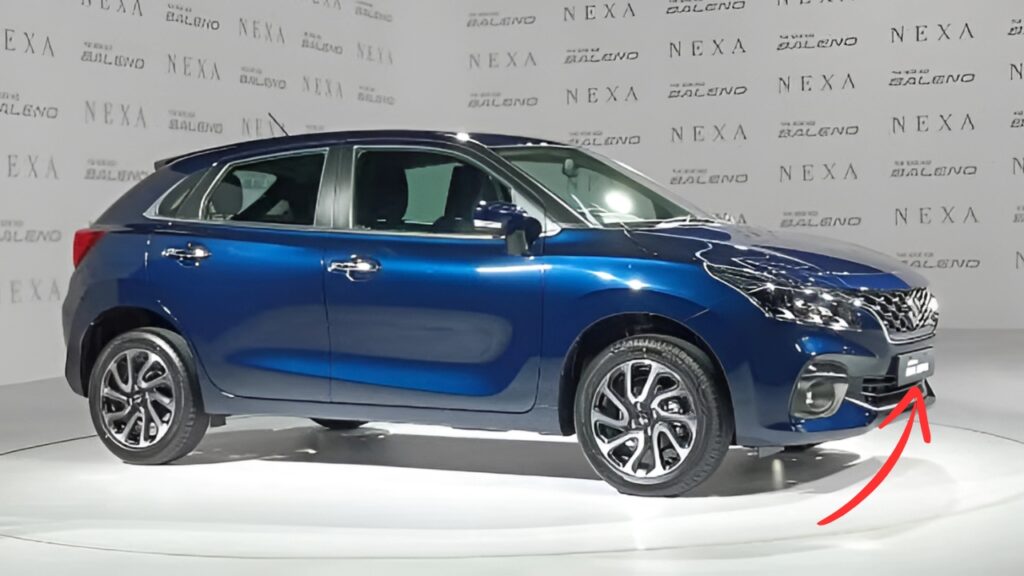Royal Enfield Hunter 350: In the increasingly diverse landscape of modern motorcycling, few brands maintain as distinctive an identity as Royal Enfield.
The storied manufacturer has deftly navigated the challenging balance between honoring its heritage and embracing necessary evolution, resulting in a product range that resonates with both traditionalists and newer riders.
The Hunter 350 represents perhaps the most contemporary interpretation of Royal Enfield’s ethos—a nimble, accessible roadster that maintains the brand’s character while addressing the practical demands of urban riding.
After spending three weeks with this machine across varied conditions—from congested city streets to flowing country roads—I’ve developed a nuanced understanding of how it fits into both Royal Enfield’s lineup and the broader motorcycling marketplace.
Royal Enfield Hunter 350: Design: Honoring Tradition Without Being Trapped By It
The Hunter 350 immediately announces its Royal Enfield lineage with circular elements that have defined the brand’s aesthetic for generations—a round headlamp, circular instrument cluster, and coin-shaped Royal Enfield badge on the fuel tank.
However, the motorcycle’s overall silhouette marks a departure from the company’s typically upright, commanding stance.
Instead, the Hunter adopts a more compact, athletic posture with slightly rear-set footpegs, a modest 800mm seat height, and relatively flat handlebars that position the rider in a more engaged position.
My test bike came in the striking “Rebel Blue” color scheme, one of six options available across three variants (Factory, Metro, and Retro).
The paint quality impressed with its depth and consistent application—a detail not always executed well in this price segment.
The blacked-out engine cases, exhaust, and wheels (on the Metro variant I tested) create a modern contrast with the vibrant tank and side panels, resulting in a machine that draws appreciative glances without resorting to excessive flash.
The Hunter’s fit and finish demonstrate Royal Enfield’s ongoing quality improvements. Panel gaps appear consistent, fasteners show attention to detail rather than cost-cutting, and touch points like switchgear and levers operate with reassuring precision.
The only noticeable quality concern emerged in the chrome finish on the exhaust heat shield, which showed slight discoloration after riding in heavy rain—a minor issue that doesn’t affect functionality but bears mentioning for prospective owners in wetter climates.
Perhaps most importantly, the Hunter achieves a visual balance that many retro-inspired motorcycles struggle to master.
It clearly references motorcycling’s heritage without appearing contrived or excessively nostalgic. The design feels cohesive rather than a collection of retro styling cues applied to a modern platform, resulting in a machine with authentic character.
Ergonomics: Accessibility Without Compromise
Swing a leg over the Hunter 350, and its approachable nature becomes immediately apparent. The narrow waist and moderate seat height create a package that accommodates riders across a wide range of physical dimensions.
At 5’10”, I could place both feet flat on the ground with bent knees, while shorter riders would likely manage at least confident toe-touching.
This accessibility represents a meaningful distinction from some of Royal Enfield’s taller, heavier models that can intimidate less experienced riders.
The riding position strikes an effective balance between comfort and engagement. The handlebars place the rider’s torso in a slight forward lean that feels natural without creating undue pressure on the wrists.
The footpegs sit just behind the rider’s natural hip position, creating a subtle sporty posture without the cramped knee angle that can make longer rides uncomfortable on more aggressive machines.
Seat comfort surprised me during extended testing. Despite its relatively compact dimensions, the saddle provides adequate support for rides extending beyond two hours—though riders planning all-day adventures might consider aftermarket options with additional padding.
The pillion accommodation is functional though best suited for shorter journeys, with acceptable space and a grab rail that provides security without dominating the motorcycle’s clean lines.
Rider interface elements demonstrate thoughtful design. The switchgear operates with positive action and logical placement, while the single round instrument cluster combines analog speedometer with a small LCD panel showing essential information including fuel level, odometer, and trip meters.
The Metro variant adds a small but useful gear position indicator—a welcome feature for newer riders still developing their mechanical intuition.
Performance: Character Over Outright Numbers
The Hunter 350 is powered by Royal Enfield’s J-series 349cc air-oil cooled single-cylinder engine, producing a modest 20.2 bhp at 6,100 rpm and 27 Nm of torque at 4,000 rpm.
These figures won’t impress in bench-racing comparisons, but they tell only part of the performance story.
The engine’s character—how it delivers its output—proves more significant to the riding experience than peak numbers.
From a standing start, the Hunter pulls away with satisfying torque, the single-cylinder thumping with just enough vibration to communicate mechanical engagement without becoming intrusive.
The power delivery maintains this accessible character throughout the rev range, with a broad spread of torque that minimizes the need for frequent gearshifts in urban environments.
The five-speed gearbox shifts with reasonable precision, though finding neutral occasionally requires additional attention—a minor quirk that diminishes with familiarity.
Cruising at 80-90 km/h feels natural, with the engine turning over at relaxed revs that minimize vibration while maintaining sufficient reserves for overtaking.
Push beyond 100 km/h, and the limitations of the modest power output become more apparent, with acceleration noticeably diminishing.
The Hunter will reach and maintain speeds around 120 km/h, but doing so feels like stretching beyond the engine’s comfort zone—fine for brief highway sections but not the motorcycle’s natural habitat.
Fuel efficiency remains a significant practical advantage, with my testing consistently returning 30-35 km/l in mixed riding conditions.
This translates to a practical range of approximately 350 kilometers from the 13-liter fuel tank—sufficient for extended city use or weekend explorations without constant refueling concerns.
Perhaps most importantly, the Hunter’s performance characteristics align perfectly with its intended purpose.
The accessible power delivery, manageable dimensions, and efficient operation create a motorcycle ideally suited to navigating urban environments while remaining enjoyable on occasional escapes to more open roads. It delivers exactly what its design promises—no more, no less.
Handling: Surprising Agility with Confident Stability
Royal Enfield motorcycles have traditionally prioritized straight-line stability over nimble handling, reflecting their heritage as long-distance machines rather than corner-carving tools.
The Hunter 350 represents a meaningful evolution in this regard, offering significantly more agile handling characteristics without sacrificing the planted feel that has defined the brand.
The key to this transformation lies in the chassis geometry and weight distribution. With a wheelbase of 1,370mm (shorter than other Royal Enfield models), a 17-inch front wheel (versus the 19-inch units common to the company’s other offerings), and a relatively light 181 kg wet weight, the Hunter changes direction with surprising eagerness.
Threading through congested traffic requires minimal effort, while tight U-turns that might challenge larger motorcycles become almost trivial maneuvers.
This agility doesn’t come at the expense of stability, however. At highway speeds, the Hunter tracks confidently without the nervous tendency that sometimes afflicts lighter machines.
The 41mm telescopic front forks and twin rear shocks provide adequate damping for most road conditions, absorbing minor imperfections while communicating major hazards that require rider attention.
Only the sharpest impacts—particularly at the rear—occasionally overwhelm the suspension, a limitation consistent with this price segment.
Braking performance comes from a 300mm front disc with two-piston caliper and 270mm rear disc with single-piston caliper, both managed by dual-channel ABS on the Metro variant (the base Retro makes do with single-channel ABS and a rear drum brake).
The system provides adequate stopping power with good feel at the lever, allowing for precise modulation in varied conditions.
Emergency braking tests demonstrated capable performance without drama, though riders accustomed to more premium braking systems might notice the slightly softer initial bite.
Tire choice plays a significant role in the Hunter’s handling character. The Metro variant’s 110/70-17 front and 140/70-17 rear tubeless tires provide confident grip in dry conditions while maintaining reasonable wet-weather performance.
The tread pattern strikes an effective balance between longevity and traction, suggesting reasonable replacement intervals under normal use.
Living With the Hunter: Practical Considerations
Beyond performance metrics and handling characteristics, everyday usability factors significantly into ownership satisfaction.
The Hunter 350 demonstrates thoughtful attention to these practical considerations in several areas.
Starting behavior proved consistently reliable throughout testing, with the electric starter bringing the engine to life promptly even in cooler morning conditions.
The fuel-injected engine requires minimal warm-up time before settling into a stable idle, allowing quick departures without the extended warm-up periods sometimes associated with more traditional motorcycles.
Maintenance accessibility appears generally good, with major service points readily reached. The air filter, battery, and electrical components can be accessed with basic tools, though some engine work would require more extensive disassembly.
Royal Enfield’s growing dealer network provides reassurance for those less inclined toward DIY maintenance, with standardized service costs that remain reasonable compared to premium brands.
Storage options are predictably limited on this style of motorcycle, with no built-in compartments beyond a small tool tray under the seat.
The aftermarket offers various saddlebag and tank bag options for those requiring additional capacity, though these necessarily impact the Hunter’s clean aesthetic.
One practical limitation emerged during extended testing—the limited steering lock that slightly increases the turning circle compared to some competitors.
While rarely problematic in normal riding, this characteristic occasionally required multi-point turns in especially tight spaces like packed parking areas.
Comparative Analysis: Hunter 350 vs. Key Competitors
| Feature | Royal Enfield Hunter 350 | TVS Ronin 225 | Jawa 42 | Honda CB350RS | Yamaha FZ-X |
|---|---|---|---|---|---|
| Engine | 349cc Air-Oil Cooled Single | 225.9cc Oil-Cooled Single | 293cc Liquid-Cooled Single | 348.36cc Air-Cooled Single | 149cc Air-Cooled Single |
| Power | 20.2 bhp @ 6100 rpm | 20.4 bhp @ 7750 rpm | 27.33 bhp @ 6800 rpm | 21.07 bhp @ 5500 rpm | 12.4 bhp @ 7250 rpm |
| Torque | 27 Nm @ 4000 rpm | 19.93 Nm @ 3750 rpm | 27.02 Nm @ 5000 rpm | 30 Nm @ 3000 rpm | 13.3 Nm @ 5500 rpm |
| Weight | 181 kg (wet) | 160 kg (wet) | 172 kg (wet) | 179 kg (wet) | 139 kg (wet) |
| Seat Height | 800 mm | 795 mm | 765 mm | 800 mm | 810 mm |
| Fuel Capacity | 13 liters | 14 liters | 14 liters | 15 liters | 10 liters |
| Front Suspension | 41mm Telescopic Fork | 41mm USD Fork | Telescopic Fork | Telescopic Fork | Telescopic Fork |
| Rear Suspension | Twin Shock Absorbers | Monoshock | Twin Shock Absorbers | Twin Shock Absorbers | Monoshock |
| Braking | 300mm Front Disc, 270mm Rear Disc, Dual-Channel ABS | 300mm Front Disc, 240mm Rear Disc, Dual-Channel ABS | 280mm Front Disc, 240mm Rear Disc, Dual-Channel ABS | 310mm Front Disc, 240mm Rear Disc, Dual-Channel ABS | 282mm Front Disc, 220mm Rear Disc, Single-Channel ABS |
| Price (Ex-showroom) | ₹1.50-1.75 lakh | ₹1.49-1.69 lakh | ₹1.65-1.84 lakh | ₹2.03-2.04 lakh | ₹1.24-1.29 lakh |
| Unique Selling Point | Heritage brand, Balanced performance | Modern features, USD forks | Premium finish, Higher power | Honda reliability, Refinement | Accessible, Fuel-efficient |
This comparison highlights the Hunter 350’s competitive positioning within the segment. While each competitor offers specific advantages—the Ronin’s modern features, Jawa’s higher power output, Honda’s refinement, or Yamaha’s accessibility—the Royal Enfield delivers a balanced package with the added value of the brand’s heritage appeal and established community.
Key Strengths of the Royal Enfield Hunter 350
-
Accessible Character: The combination of moderate seat height, manageable weight, and predictable power delivery creates an approachable motorcycle suitable for both new and returning riders.
-
Urban Agility: The responsive handling and compact dimensions make navigating congested city environments significantly easier than with larger, heavier alternatives.
-
Distinctive Aesthetic: The balanced retro-modern design stands out from both overly traditional and aggressively contemporary competitors, creating a machine with genuine visual appeal.
-
Brand Heritage: The Royal Enfield legacy provides both emotional value and practical benefits through an established dealer network, active community, and strong resale value.
-
Fuel Efficiency: The frugal engine delivers impressive economy without requiring the compromises in character associated with smaller-displacement alternatives.
-
Customization Potential: The growing aftermarket support offers extensive personalization options, allowing owners to tailor their machines to individual preferences.
-
Value Proposition: The comprehensive package of performance, features, and brand appeal represents compelling value within its price segment.
Royal Enfield Hunter 350: Purpose-Built Urban Retro
The Royal Enfield Hunter 350 succeeds because it embraces a clear identity rather than attempting to be all things to all riders.
It doesn’t pretend to offer the outright performance of larger machines or the ultimate efficiency of smaller ones.
Instead, it occupies a thoughtfully considered middle ground—powerful enough for confident riding without intimidating newer riders, efficient enough for practical daily use without feeling underpowered, and characterful enough to provide emotional connection without demanding excessive compromise.
For urban riders seeking a motorcycle with authentic heritage appeal and practical usability, the Hunter 350 presents a compelling proposition.
It offers enough performance for occasional highway jaunts while excelling in the stop-and-go environment where many motorcycles spend the majority of their working lives.
The balanced chassis provides confidence-inspiring stability for newer riders while offering enough engagement to satisfy more experienced motorcyclists seeking a simpler, more connected riding experience.
Perhaps most importantly, the Hunter demonstrates Royal Enfield’s evolution as a manufacturer. While maintaining the character and authenticity that define the brand, it incorporates modern engineering and manufacturing standards that address the practical reliability considerations essential to contemporary riders.
The result is a motorcycle that honors tradition without being limited by it—a balance that many heritage brands struggle to achieve.
In a market increasingly dominated by aggressive styling and technology-focused marketing, the Hunter 350’s straightforward approach to motorcycling offers a refreshing alternative.
It reminds us that the fundamental appeal of two-wheeled transportation often lies not in outright performance metrics or feature lists, but in the direct connection between rider and machine—a truth that transcends both eras and trends.
